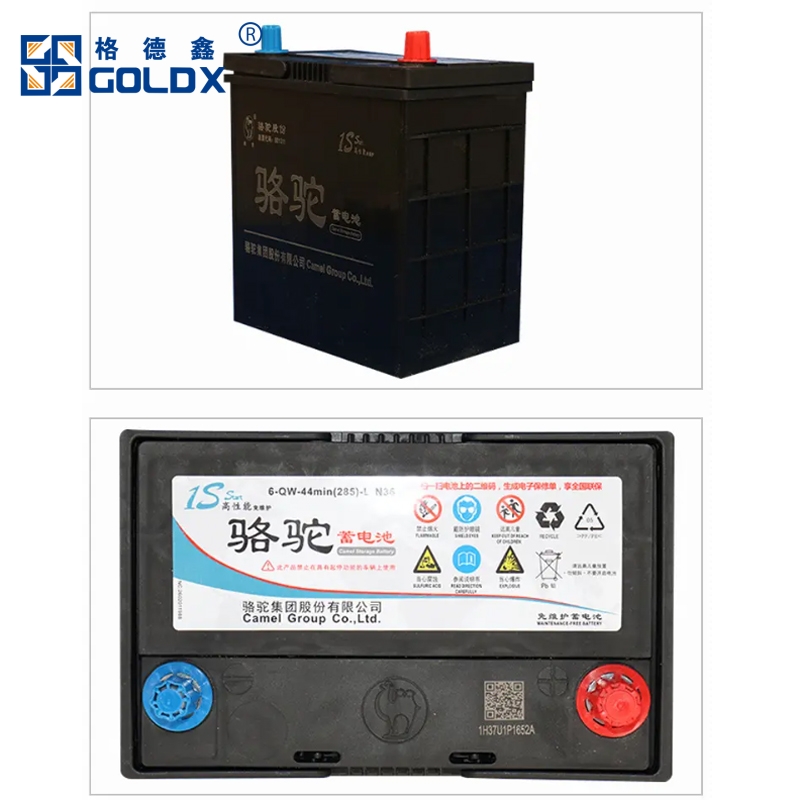Have any questions? Please give us a call at 509-663-5161
Terms of Use | Privacy Policy Cost Of Diesel Generator

Cranes remove Rock Island Dam's Powerhouse 2 Unit U5 generator stator and rotor Oct. 19.
Cranes remove Rock Island Dam's Powerhouse 2 Unit U5 generator stator and rotor Oct. 19.
Cranes remove Rock Island Dam's Powerhouse 2 Unit U5 generator stator and rotor Oct. 19.
Cranes remove Rock Island Dam's Powerhouse 2 Unit U5 generator stator and rotor Oct. 19.
Cranes remove Rock Island Dam's Powerhouse 2 Unit U5 generator stator and rotor Oct. 19.
Cranes remove Rock Island Dam's Powerhouse 2 Unit U5 generator stator and rotor Oct. 19.
Cranes remove Rock Island Dam's Powerhouse 2 Unit U5 generator stator and rotor Oct. 19.
Cranes remove Rock Island Dam's Powerhouse 2 Unit U5 generator stator and rotor Oct. 19.
Cranes remove Rock Island Dam's Powerhouse 2 Unit U5 generator stator and rotor Oct. 19.
Cranes remove Rock Island Dam's Powerhouse 2 Unit U5 generator stator and rotor Oct. 19.
Cranes remove Rock Island Dam's Powerhouse 2 Unit U5 generator stator and rotor Oct. 19.
CHELAN COUNTY — About 460 tons of metal were hoisted into the air — for about six hours by two cranes — from a water passage recently, marking a milestone for Rock Island Dam’s Powerhouse 2 rehabilitation.
The Unit U5 generator stator and rotor removal is part of a first-of-its-kind in Washington state refurbishment and/or replacement of old mineral oil-lubricated horizontal bulb turbine hubs with air-lubricated — technically, self-lubricated — parts. Some of the powerhouse’s eight 40-plus-year-old parts will be salvaged. The new bushings — cylindrical linings to prevent wear to moving components — are made with teflon/plastic that’s self-lubricating, rather than metal bushings requiring oil.
The $456 million Chelan County PUD project is expected to be completed around 2030 and is completely funded by the PUD.
More than 25 people helped secure the generator stator and rotor together with special tooling for the lift by main hooks from a bridge crane and a gantry crane, each rated at 250 tons, according to John Sagerser, PUD engineering and project management manager.
Precise positioning of the two cranes and hooks kept the parts in a level, horizontal position to clear the water passage opening by about 3 inches. The gantry crane auxiliary hook, rated at 85 tons, and bridge crane tertiary hook, rated at 17.8 tons, rotated the parts to a vertical position to set them on plates designed to handle the weight, he said.
Cranes remove Rock Island Dam's Powerhouse 2 Unit U5 generator stator and rotor Oct. 19.
The PUD began several years ago shopping for replacement options for the dam’s aging parts, said Brett Bickford, PUD managing director of transmission and generation, in a previous interview. Water- and air-lubricated turbines emerged in Europe, he said. But it took until around 2016 for the technology to evolve enough for it to last longer than 20 years, which was what the PUD needed, he said. Most oil-lubricated turbines have a 40-year or so lifespan, he added.
The dam’s Powerhouse 2 was built between 1974 and 1979 with the Columbia River’s only eight horizontal bulb turbine generators. (They’re still the only bulb units on the river.) The 500-ton apiece units came up the river on barges from France.
Wear on the turbine parts makes it more likely for the mineral oil lubricant to leak, Sagerser said in an earlier interview. A couple hundred gallons of oil have escaped since the dam’s beginning in 1933, when Powerhouse 1 was built, he said. Each turbine hub holds about 1,500 gallons of mineral oil.
Cranes remove Rock Island Dam's Powerhouse 2 Unit U5 generator stator and rotor Oct. 19.
Using air instead of mineral oil as lubricant decreases the chance of oil escaping into the Columbia River, which is more environmentally friendly. Around 10% of the mineral oil in each turbine will remain, but it’s used in separate systems with less spill risk, said Tracy Yount, PUD external affairs director, in a previous interview.
The PUD began writing specifications for the project in 2017, according to Sagerser. The PUD then signed a contract with General Electric Renewable Energy in July 2020.
The 40-year-old bridge crane was replaced with two new 250-ton capacity cranes in 2022. In February 2023, the first unit, Unit U5, was taken out of service and it was removed Oct. 19. Prior to that, a crane lifted a 58-foot, 38,000-pound section of steel roof off the powerhouse, uncovering the generating units, according to the PUD.
“The lift to remove the generator from the water passage is one of several critical lifts required to disassemble the unit and has been in planning since the contract was executed,” Sagerser wrote in an email. “This was required to design and fabricate the special tooling required to complete the lift.”
Cranes remove Rock Island Dam's Powerhouse 2 Unit U5 generator stator and rotor Oct. 19.
The next unit, Unit U7, is slated to have its generator removed in mid-2025. The last generator will be removed in 2029. Commercial operation is expected to start in mid-2024.
Email notifications are only sent once a day, and only if there are new matching items.
We're always interested in hearing about news in our community. Let us know what's going on!
Need to make a payment? Please give us a call at 509-663-5161
Your browser is out of date and potentially vulnerable to security risks. We recommend switching to one of the following browsers:
Please disable your ad blocker, whitelist our site, or purchase a subscription
Your account has been registered, and you are now logged in.
Check your email for details.
Invalid password or account does not exist
Submitting this form below will send a message to your email with a link to change your password.
An email message containing instructions on how to reset your password has been sent to the email address listed on your account.
Secure transaction. Secure transaction. Cancel anytime.
Your gift purchase was successful! Your purchase was successful, and you are now logged in.

Koke Generator Set A receipt was sent to your email.